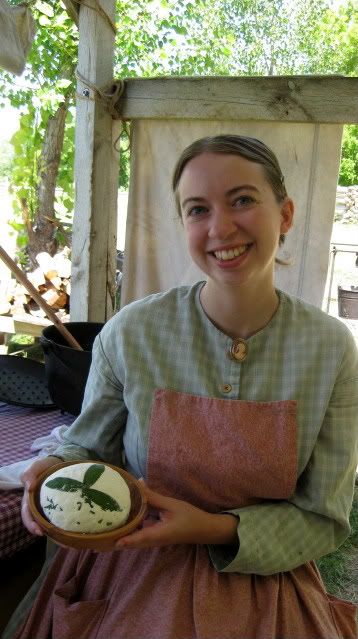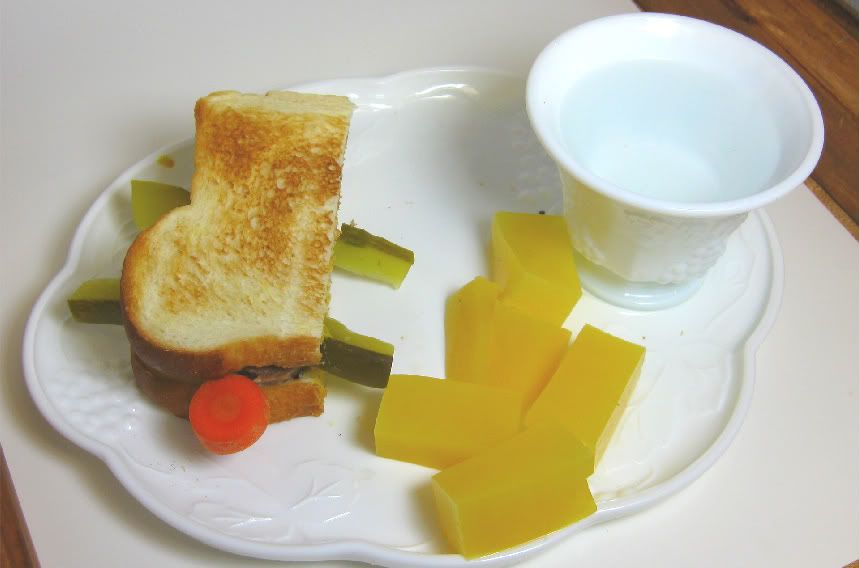
New Article of Food - Meat Biscuit.
Some time since we noticed a new kind of Meat Biscuit, or “Portable Desiccated Soup Bread,” invented by Mr. Gail Borden, Jr., a highly respectable citizen of Galveston, Texas. The discovery being fully secured by a patent recently granted, we will give a brief but clear description of it, as it is an invention of the first importance, both to our own country, and it may be said, to the whole human race. The nature of this discovery consists in preserving the concentrated nutritious properties of flesh meat of any kind, combining it with flour and baking it into biscuits. One pound of this bread contains the extract of more than five pounds of the best meat—(containing its usual proportion of bone)—and one ounce of it will make a pint of rich soup. Biscuits by Mr. Borden’s process may be made of beef, veal, fowl's flesh, oysters, &c., and thus in a compact form the very essence of agricultural products, fitted for the traveller or mariner, or for the dwellers in distant cities, may be transported by sea or land, from distant rural districts, where flesh meat is comparatively cheap.

In a letter to Dr. Ashbel Smith, Mr. Borden thus relates the way he made this discovery:
"I was endeavoring to make some portable meat glue (the common kind known) for some friends who were going to California—I had set up a large kettle and evaporating pan, and after two days labour I reduced one hundred and twenty pounds of veal to ten pounds of extract, of a consistence like melted glue and molasses; the weather was warm and rainy, it being the middle of July. I could not dry it either in or out of the house, and unwilling to lose my labour, it occured to me, after various expedients, to mix the article with good flour and bake it. To my great satisfaction, the bread was found to contain all the primary principles of meat, and with a better flavor than simple veal soup, thickened with flour in the ordinary method.
...
“The nutritive portions of beef or other meat, immediately on its being slaughtered, are, by long boiling, separated from the bones and fibrous and cartilaginous matters: the water holding the nutritious matters in solution, is evaporated to a considerable degree of spissitude—this is then made into a dough with firm wheaten flour, the dough rolled and cut into a form of biscuits, is then desiccated, or baked in an oven at a moderate heat. The cooking, both of the flour and the animal food, is thus complete. The meat biscuits thus prepared have the appearance and firmness of the nicest crackers or navy bread, being as dry, and breaking or pulverizing as readily as the most carefully made table crackers. It is preserved in the form of biscuit, or reduced to coarse flour or meal. It is best kept in tin cases hermetically soldered up ; the exclusion of air is not important, humidity alone is to be guarded against.
For making soup of the meat biscuit, a batter is first made of the pulverized biscuit and cold water—this is stirred into boiling water—the boiling is continued some ten or twenty minutes—salt, pepper, and other condiments are added to suit the taste, and the soup is ready for the table.

I have eaten the soup several times,—it has the fresh, lively, clean, and thoroughly done or cooked flavor that used to form the charm of the soups of the Rocher de Cancale. It is perfectly free from that vapid unctuous stale taste which characterizes all prepared soups I have heretofore tried at sea and elsewhere. Those chemical changes in food which, in common language, we denominate cooking, have been perfectly effected in Mr. Borden’s biscuit by the long continued boiling at first, and the subsequent baking or roasting. The soup prepared of it is thus ready to be absorbed into the system without loss, and without tedious digestion in the alimentary canal, and is in the highest degree nutritious and invigorating. [March 23, 1850]*****
For those who are not culinary chronaviatrices, as I am, here's how to do it for yourself! We're basically going to make meat-flavored hardtack.
Homemade Meat Biscuits
Beef bouillon
Flour
Water
1. Mix flour with bouillon. If it is the paste kind, which is my personal favorite, mash it together with your spoon until it is completely mixed together and looks like whole wheat flour because of all the speckles in the flour. Do not use too much flour, you are not making a bread, you are making a stabilizer for the bouillon.
2. Add just enough cold water to make a very, very stiff dough. It should hold together, but not be sticky.
3. Roll out quite thinly, and cut into pieces.
4. Bake at 300 degrees F. for 30 minutes, or until completely dry and hard.
5. To make into soup, smash it up in cold water with something heavy, like a meat tenderizer, then boil in more water.
Verdict: It was okay! The broth was pretty weak in the end, but more biscuits would have helped that. I thought the flour would thicken the soup, but instead it made little crumbly sediment at the bottom, which is fine. I can see how this would be a useful addition to a wagon headed west. These meat biscuits never got truly popular, but more than one wagon included a barrel of them amongst their supplies. "But Jana!" I hear you say. "Isn't it easier just to have bouillon?" Yes. Yes it is. But this is the 1850's. If you want bouillon, I will provide you with another recipe from this time:
1. Make beef stock.
2. Boil forever.
3. Pour into shallow pans and leave in the sun.
4. Leave it there until it is dry.
I had the chance to let husband think these were cookies, but did not take it. I am such a nice wife.
I feel like this product should have a jingle. Can you think of something?
Resources:
Today in Science History: Borden's Meat Biscuit
Wagon Wheel Kitchens: Food on the Oregon Trail



































